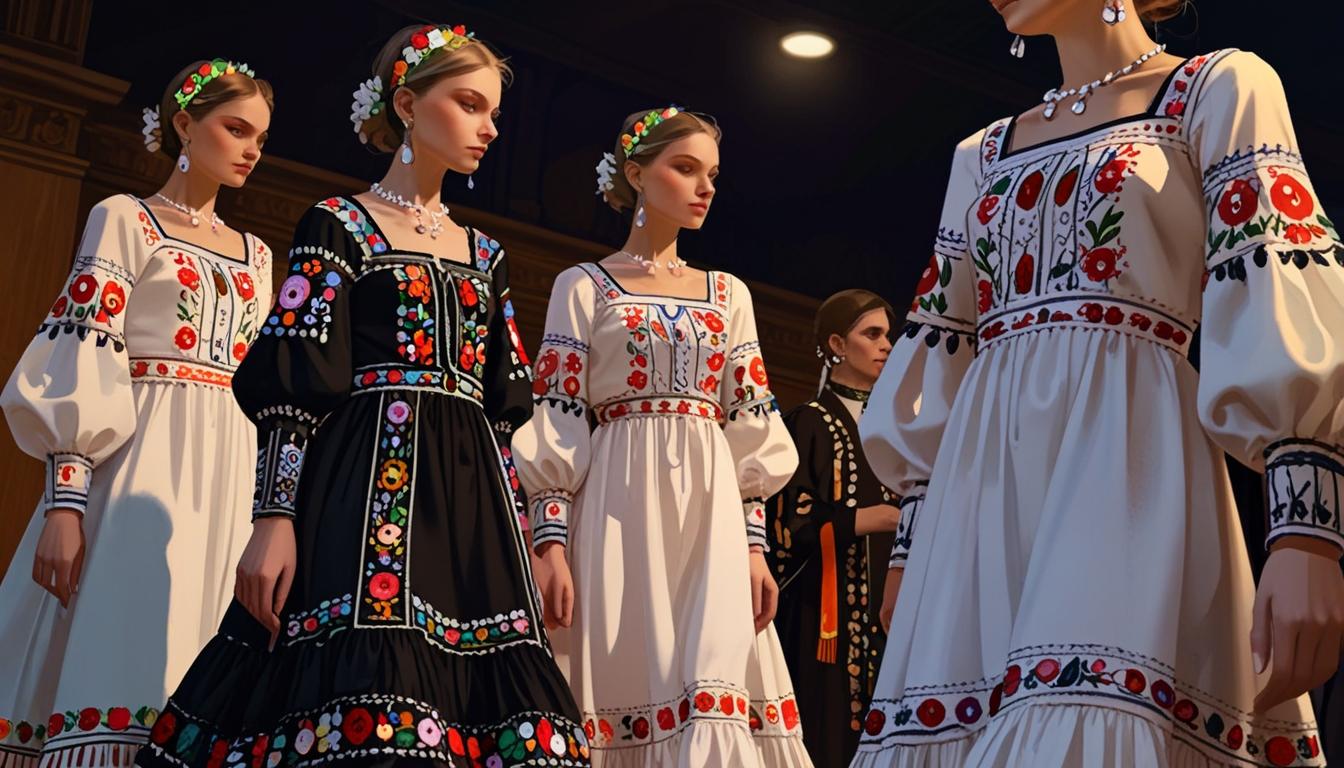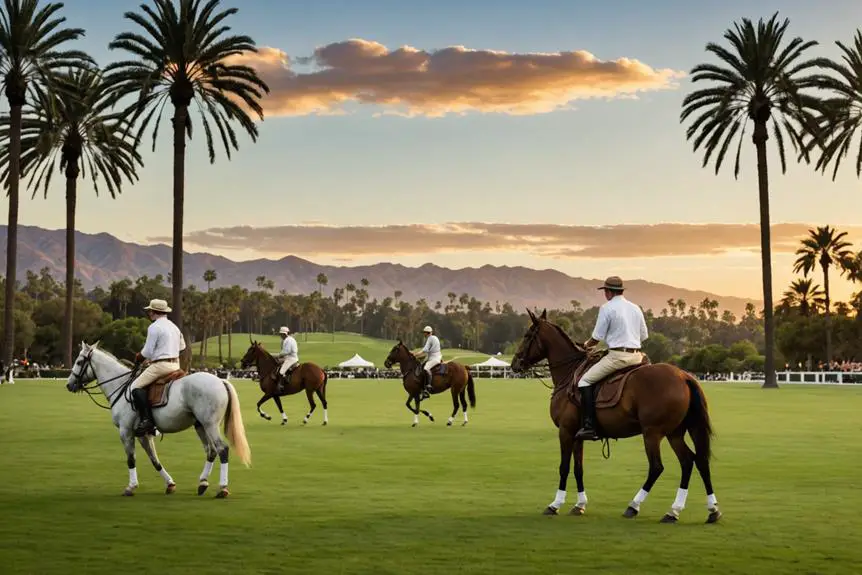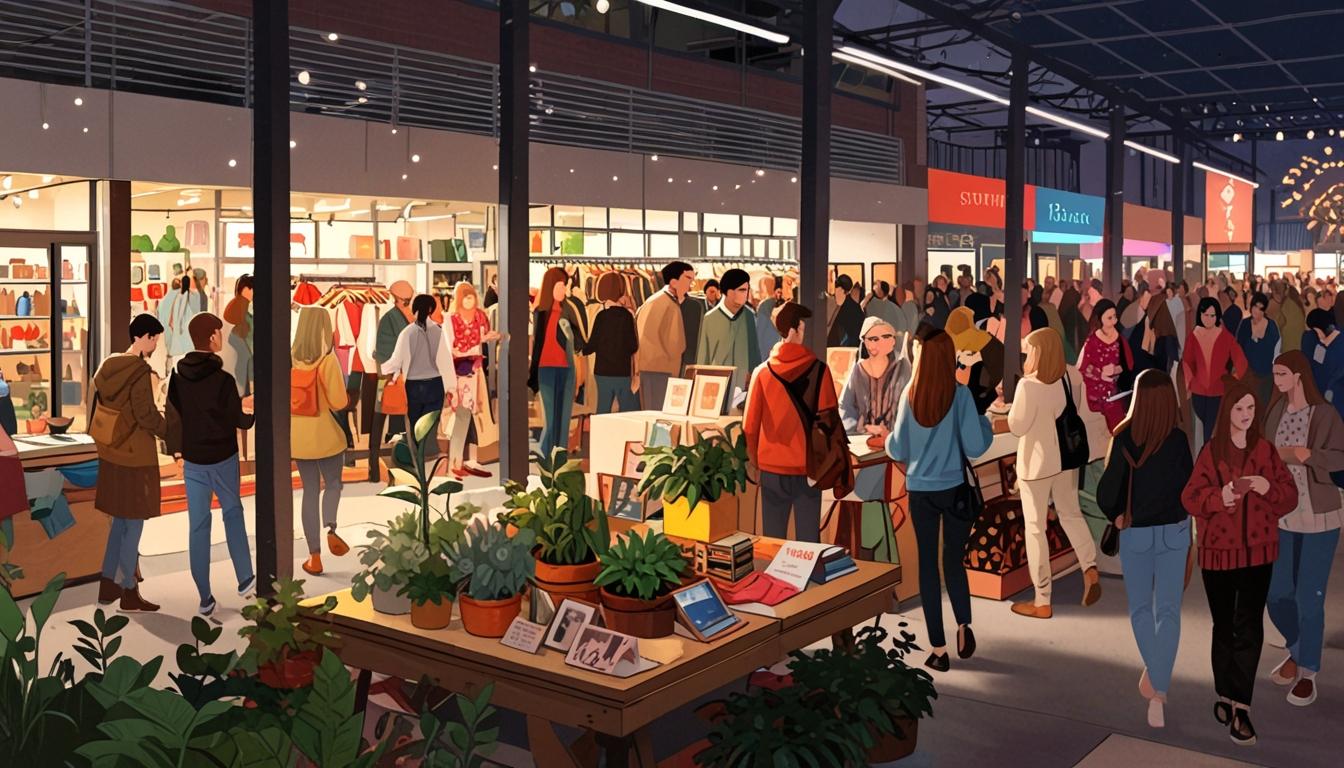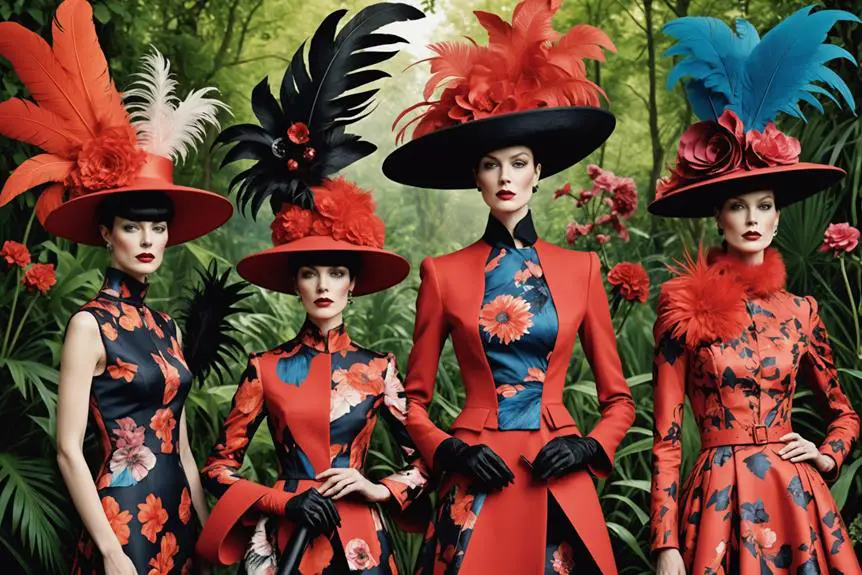Budapest: The Hungarian Museum of Folk Applied Arts showcases an exhibition highlighting the intersection of folk artistry and modern fashion, featuring 150 works, including notable garments and accessories from renowned designers, while addressing cultural appropriation issues in the fashion industry. Open until October 30.
The Hungarian Museum of Folk Applied Arts is currently hosting an exhibition that delves into the intricate relationship between folk art and contemporary fashion, showcasing a significant textile collection. Curated by Czingel Szilvia, the museum’s director, the exhibition features around 150 works, including 70 garments alongside numerous shoes, bags, and other accessories.
Notable pieces on display include a midnight black dress adorned with vibrant embroidery by renowned fashion designer Klára Tüd?s, a snow-white lace wedding gown designed by Dalaarna, and a folk-inspired evening gown famously worn by Márta Sebestyén during her performance before the British royal family at Buckingham Palace. This gown had previously formed part of last year’s exhibition titled “Dívák,” which took place at the House of Hungarian Music. Czingel Szilvia, in speaking to Demokrata, commented, “The objective of the exhibition is to point out the connections between folk art and contemporary fashion: the objects on display are special not only because of their aesthetic value, but also due to their stories, whether through the iconic creators or the historical moments they represent.”
The exhibition begins by highlighting garments from four distinct Hungarian regions known for their unique traditional attire: Matyó, Sárköz, Kalocsa, and Kalotaszeg. Each of these regions has served as a rich source of inspiration for designers through history. The exhibition also shines a light on several early 20th-century fashion icons, including Jacqualine Almásy. Almásy, the wife of jeweller Louis J. Cartier, was a notable figure in high society and is remembered for her beauty, having graced the pages of the French magazine Vogue and crossed paths with famous designers like Elsa Schiaparelli.
While many of these designers found recognition abroad, including Robert Piguet and Edward Molyneux, Hungarian fashion faced a tumultuous path during the world wars and periods of political upheaval. Post-war constraints diverted the focus of Hungarian designers from the global stages of New York and Paris to the limited opportunities available within the socialist regime. However, the emergence of the dance house movement rekindled interest in folk culture, impacting contemporary attire.
In contrast, designers beyond the Iron Curtain embraced these motifs with enthusiasm. Lea Gottlieb, for instance, who emigrated to Israel after fleeing the Holocaust, repurposed her craft from producing raincoats to creating high-end swimwear in the 1990s. Her collections, including Csárdás and Hungarian Rhapsody, featured traditional Hungarian motifs and garnered attention from international celebrities such as Princess Diana and Elizabeth Taylor.
The exhibition also touches on themes of national representation, showcasing meaningful garments such as Sebestyén Márta’s performance outfit and a costume worn by Olympic silver medalist figure skater Kristina Reg?czy, which incorporated unique Hungarian motifs. Additionally, an aircraft model from the now-defunct Malév airline, decorated with Kalocsa patterns, is displayed, originally the result of a competition aimed at highlighting national character.
Current issues are addressed as well, particularly concerning cultural appropriation within the fashion industry. The exhibition references a recent incident where a prominent French fashion house faced backlash for a design resembling traditional clothing from Romania, and a fast fashion brand that introduced an old Kalotaszeg-patterned coat without proper attribution. These occurrences have sparked discussion among EU lawmakers about introducing regulations to mitigate instances of cultural misappropriation.
The exhibition remains open to the public until October 30, during the museum’s regular hours, with thematic guided tours scheduled to enhance visitor experience.
Source: Noah Wire Services




